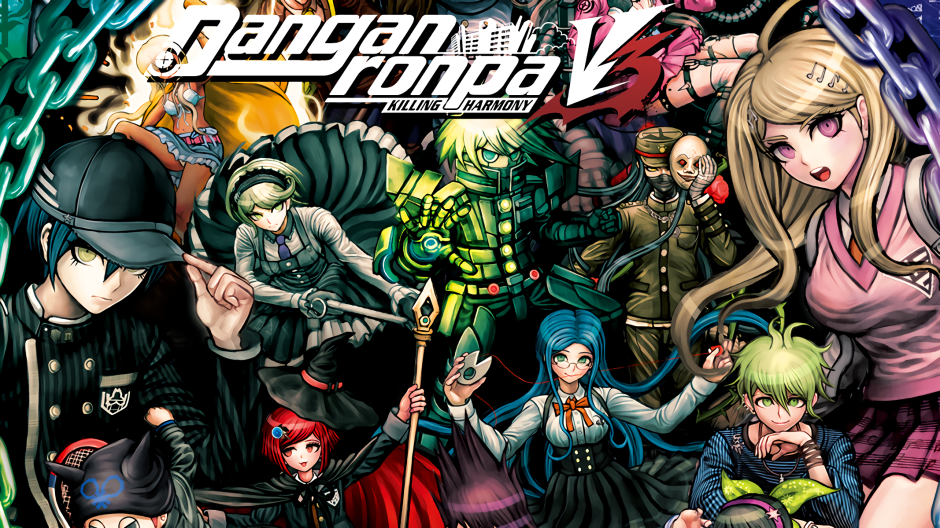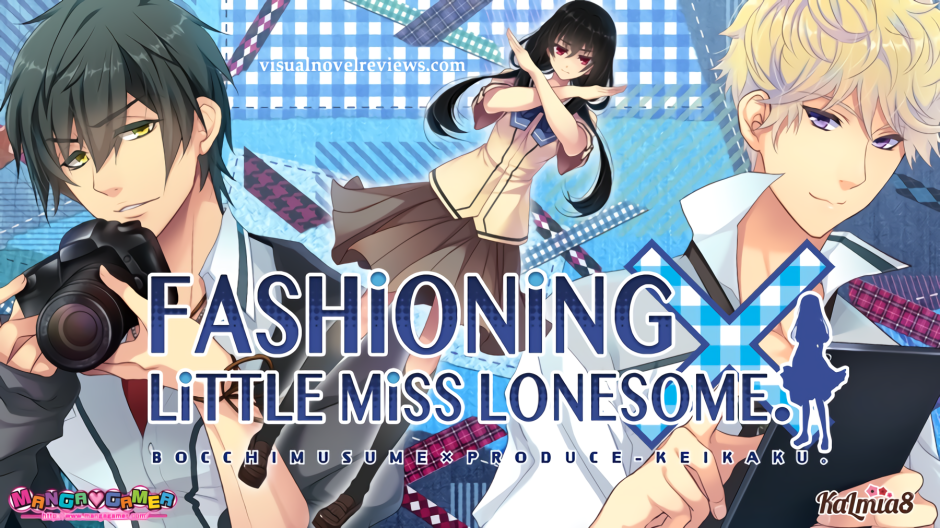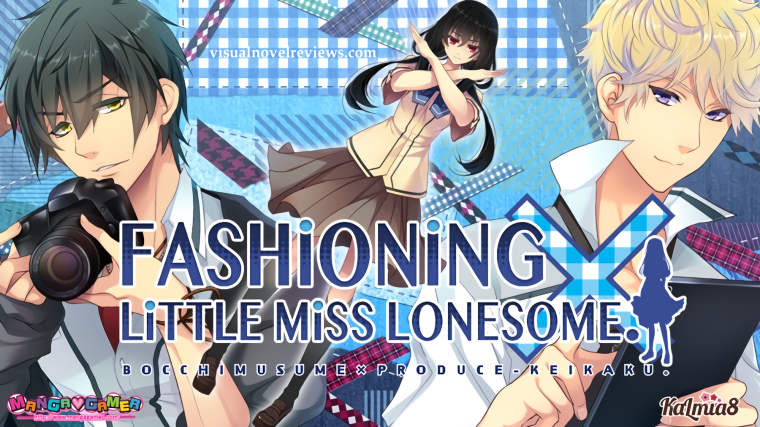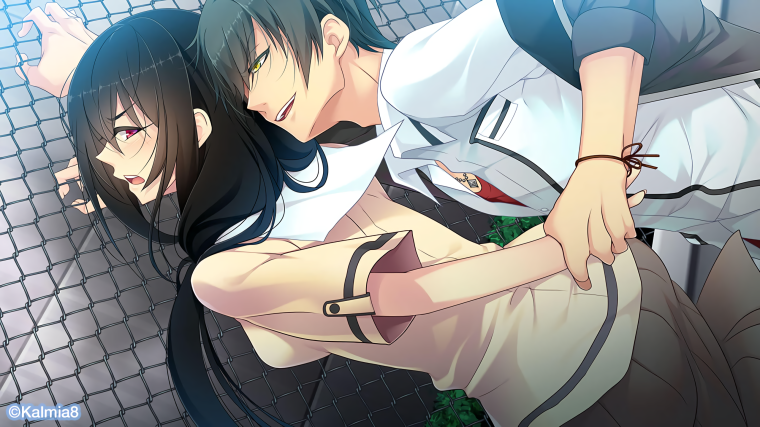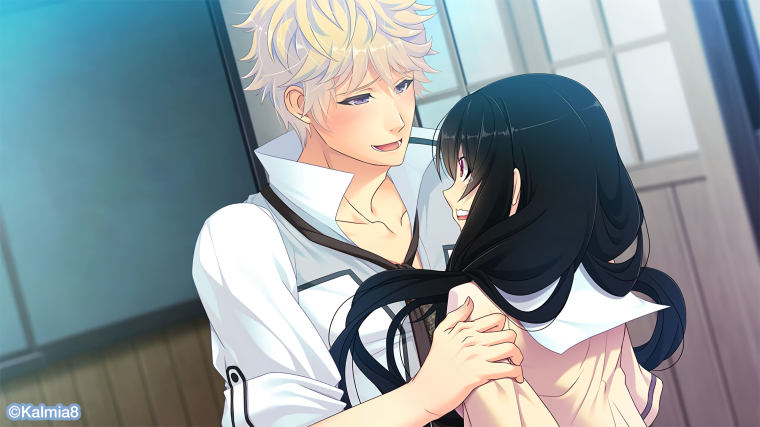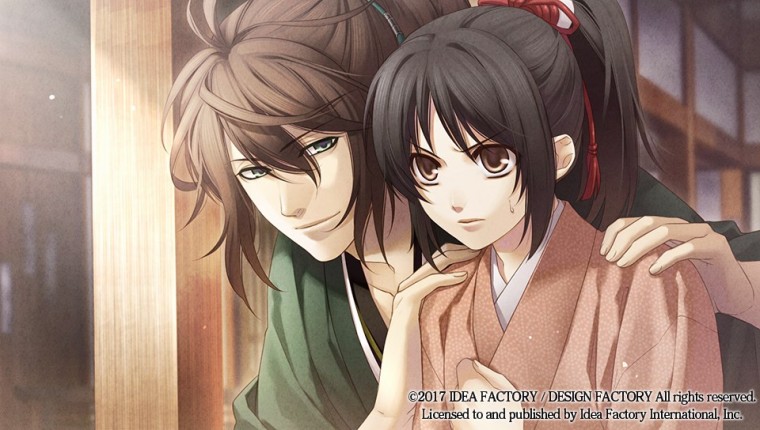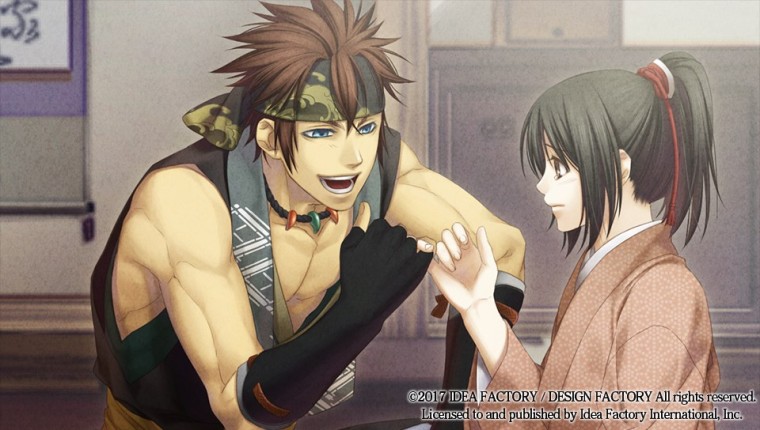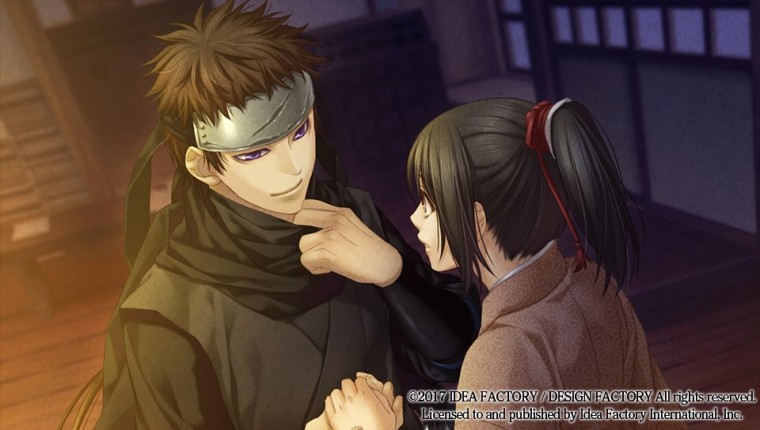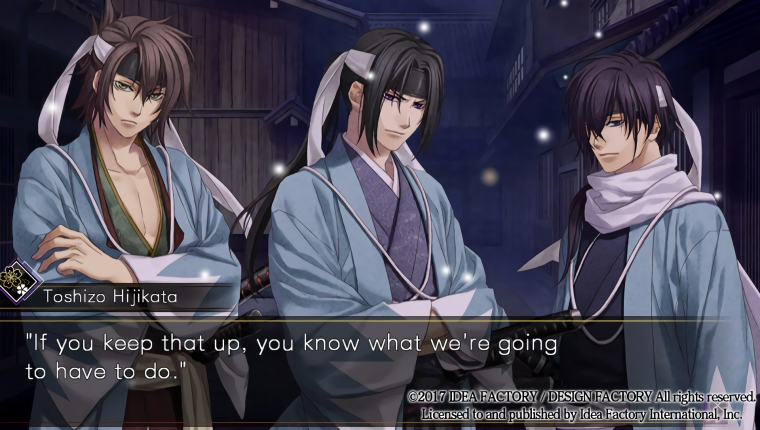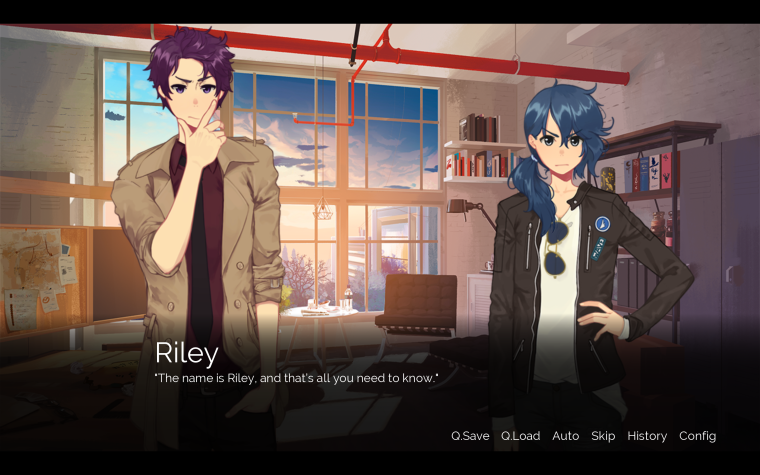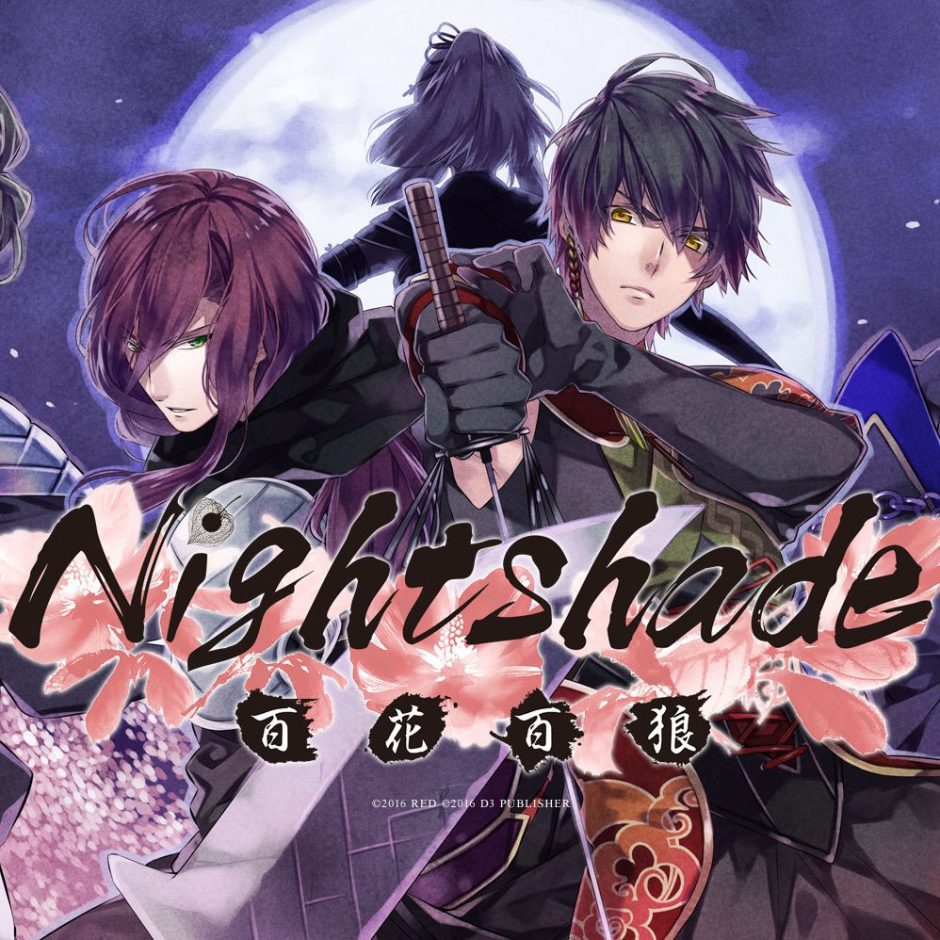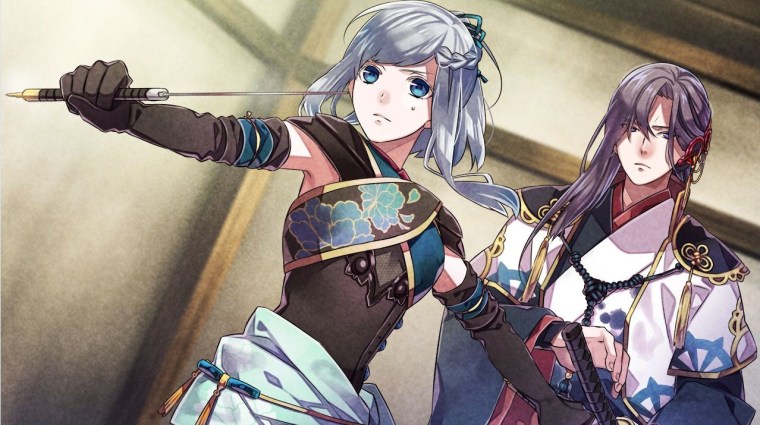
Release Date: 2016
Publisher: Spike Chunsoft & NIS America
Platforms Available: Steam, PlayStation Vita, PlayStation 4 (Japanese & English)
Game Link: Danganronpa V3: Killing Harmony – PS Vita [Physical]
Danganronpa V3: Killing Harmony – PS4 [Physical]
Official Site: Danganronpa US
I am a huge fan of the Danganronpa series and it’s my all-time favourite game alongside Persona 5. The immense enjoyment I had playing through this series and the emotional attachment I developed for the characters as well as the game universe is second to none. This title to me, no matter how potentially terrible the future sequels may be—Danganronpa will always hold a special place in my heart.
To no surprise, I was anticipating the third release of the trilogy for the entire year. The graphics, new character cast and overall improvements looked amazing in the teasers. I was extremely excited to see what new instalments they would have and what direction they would take with a new storyline. It’s predecessor Danganronpa 2: Goodbye Despair was released in 2013, which makes DR: V3 a product of four years worth of development.
Prior to playing DR: V3, I had read and heard many mixed opinions about the overall game. Needless to say, after finishing the title myself I can definitely see where a lot of both the praise and criticisms are coming from. I received a review copy for the PS4 Version of Danganronpa V3: Killing Harmony, so thank you so much to NIS America for giving me the opportunity to review one of my all time favourite game series!
Storyline ★★★

-The Story-
Welcome to a new world of Danganronpa, and prepare yourself for the biggest, most exhilarating episode yet. Set in a “psycho-cool” environment, a new cast of 16 characters find themselves kidnapped and imprisoned in a school. Inside, some will kill, some will die, and some will be punished. Reimagine what you thought high-stakes, fast-paced investigation was as you investigate twisted murder cases and condemn your new friends to death.Key Features: A New Danganronpa Begins – Forget what you thought you knew about Danganronpa and join a completely new cast of Ultimates for a brand-new beginning.
Murder Mysteries – In a world where everyone is trying to survive, nobody’s motivations are quite what they seem. Use your skills to solve each new murder or meet a gruesome end.
Lie, Panic, Debate! – The world is shaped by our perception of it. Fast-paced trial scenes will require lies, quick wits, and logic to guide your classmates to the right conclusions.
New Mini Games – Between the madness of murdered peers and deadly trials, enjoy an abundance of brand-new mini games! (Official Website)
Danganronpa V3: Killing Harmony returns with a prison school setting akin to Danganronpa: Trigger Happy Havoc. I was surprised they decided to reuse a previous universe, rather than something new and completely different. However, the school setting in DR: V3 was a notable upgrade from the original. The maps are significantly larger, more interactive and include rooms that have been modified to fully accomodate each ‘Ultimate Talent’.
Naturally, this brings forth brand new tools and methods for conducting unexpected murders far more elaborate than the original game. Like the Danganronpa we know and love, DR: V3 begins with an interesting premise and fantastic class trials that immediately reel you into the game universe. You quickly become acquainted and very emotionally attached to the characters, only to feel immense despair upon discovering the victim and culprit throughout every investigation.
If you’re unfamiliar with the Danganronpa setting, then the game is quite formulaic in its approach. It is similar to the series Ace Attorney, and the characters are usually thrust in a life or death situation—cornered into committing acts of murder, and gambling with their lives for the sake of the hidden mastermind’s amusement. As the protagonist, you manoeuvre around maps to investigate and find the clues necessary to discovering the truth. There are specific rules in place that ensures some semblance of justice and that there is no possible ‘cheating’ within the game.
During the trials, you present the evidence from your investigation, engage in debates with your classmates, listen to alibis and recounts, and look for the contradictions and evidence within their arguments. It is from this that you’re able to weasel out the murderer, or even their potential accomplices!
As you continue to uncover the clues, the number of people you once called friends begin to dwindle—falling victim to the twisted nature of the game and suffering the consequences of pursuing the truth. As despair continues to spread amongst the remaining group, you begin to question the morality of your actions and your once infallible sense of justice.
Were you in fact, misguided and blinded by your own ambitions? Were your choices up until the very end, truly ‘just’? Will hope finally lose the battle to despair?
One of the main reasons behind Danganronpa’s success is that the storyline touches upon significant existentialist concepts that lead you to question your own sense of humanity and moral compass. It’s thought-provoking, meaningful and leaves a profound impression long after playing the game.
In comparison to the predecessors, Trial 1-3 was some of the best overall out of the three games in the trilogy. Unfortunately, the momentum wasn’t quite followed in Trial 4-6. It felt like in comparison to the first 3, Trial 4-6 had significantly less areas and clues to explore as they were limited to a small location. This made the mystery quite obvious and easy to solve, which was rather disappointing considering Danganronpa is known for it’s crazy twists and interesting settings for murder.
DR:V3 was also notably much more formulaic compared to the predecessors and the upcoming murders were very obvious. Five sets of free time always led to a guaranteed murder relating to the newly unlocked ultimate labs. Although I didn’t really mind the clear-cut pacing, it definitely took away the surprise factor of the game.
WARNING! SPOILERS AHEAD! READ AT YOUR OWN DISCRETION!
THE ENDING
Normally, I never ever discuss the ending of a Visual Novel in detail simply because I try to keep my reviews as spoiler-free as possible. However, in DR:V3 I feel it’s far too important to overlook considering how critical an ending is to the overall storyline in a mystery detective game. This is the source of the mixed reception towards DR: V3, and people essentially either absolutely love it or hate it—there is no in between.
Despite how dissatisfying I personally found the ending, I wouldn’t say it entirely ruined my enjoyment of the game like how other players felt. Honestly, I do understand the direction and concept behind it. It’s meant to be a ‘huge twist’ that no one expects, a complete destruction of the fourth wall, and a direct calling out of the audience. In essence, we ourselves are the greatest enemy and why the killing game continues: we find enjoyment in watching young children brutally murder one another for the sake of our own amusement.
It’s meant to evoke the ‘ultimate despair’ within the players, and considering the reactions that people have had to it—I can’t say that the writers didn’t succeed in doing this.
In saying that, I felt that the main reason behind the mixed reception wasn’t because the concept behind the twist was poor. But rather, the execution fell short of its potential. If you have watched the TV Series Black Mirror, then the ending is very similar to the episode twist of White Bear.
And yet, this episode was universally praised despite using the same twist as DR: V3. What was so different between the two, that led to such different reactions from the audience? It was the weak execution leading up to the twist and lack of foreshadowing. Because of this, it instead felt like a very cheap ending that was the equivalent of ‘I woke up and it was all a dream’. It felt rushed, like the writers ran out of ideas on how to tie up the legacy of the franchise and were unable to create a twist that topped the predecessors.
The twist didn’t leave me thinking ‘Wow, what an shocking turn of events! I’m amazed by the amount of forethought that went into this’, but rather ‘I can’t believe that they would just end it like that?’
Because of the nature of the ending, it felt like they completely backtracked with all the development and story momentum up until that point. It was rendered obsolete in mere moments, and you’re left reeling in order to digest it all because it’s just so absurd and unbelievable. There was no evidence throughout the game that it was all essentially fiction, or any sense of foreshadowing.
This is why the reveal for the twist was so weak. There was no lightbulb moment where all the pieces fell together in your head, but only confusion as it simply didn’t add up. It was like the story was aiming in one direction with the reveal of the mastermind, and then the purpose of the killing game was something totally different.
As a result, DR: V3 isn’t meant to be taken as a ‘sequel’ of sorts as the name suggests but rather a standalone title or an alternative reality. I suppose we will never know how it all ties up, until the release of the fourth game (if there is one, that is).
! END SPOILERS !
Although the ending definitely soured my impression of the game overall, it still didn’t take away my enjoyment leading up to the ending. DR: V3 is significantly longer in terms of playtime, compared to the predecessors in the trilogy. Completing the main storyline (without the additional content) takes around 40-50 hrs, whereas the previous games were around 20-30hrs in playtime.
Character Development ★★★
DR: V3 had a great cast of characters and I loved all of them so much more than I initially expected. There’s great diversity and they’re all so whacky, interesting, fun and bizarre—the epitome of Danganronpa. Individually design-wise and in terms of personality, they were great and one of my favourite casts overall outside of the original.
What the game really lacked in comparison to the predecessors were the solid bonds and relationships between the characters that both DR: 1&2 had. In DR: V3 they were divided in terms of trust and suspected one another for majority of the game, in comparison to DR:1 (who were unified due to Makoto and Kyoko). Their motives and drives to kill were also nowhere near as convincing nor as heartfelt as the ones in DR: 2. It was one of the main reasons as to why the last few trials in DR: V3 fell flat, as the stronger the desire to kill for a motive—the more complex the murders turned out to be, to avoid being revealed as the blackened (culprit).
The last few trials also occurred due to sudden advancements in the plot and were poorly put together as a result. It didn’t give much time and forethought to the planning of an elaborate murder. This definitely weakened the strength of the characters, and left a less than memorable impression of their impact on the storyline.
WARNING! SPOILERS AHEAD! READ AT YOUR OWN DISCRETION!
I’ll be briefly touching on the characters I felt were notable faces of DR: V3, or had a profound impact on the storyline.

Kaede Akamatsu: The ‘protagonist’ of the game and the de facto leader of the group compelling them to fight against despair. I personally really liked the change from the typical male protagonist from the predecessors to a female in DR: V3 when it was announced. Unfortunately, if you have played the game you will know that her role in the storyline is very short-lived and the writers pulled the classic ‘bait-and-switch’ when it came to her importance in the first trial.
People have mixed feelings on the development of the first trial and the ‘twist’ that completely changes how you play the rest of the game, both literally and figuratively. I personally quite enjoyed it despite the initial shock, because it was interesting and something different that we have yet to see from the series. However, there was still some disappointment as after the first trial the game essentially regresses back into textbook Danganronpa.
I felt her character could have definitely had a lot more potential to be delved upon. But, due to how little screen time she had from the beginning you’re unable to truly develop any attachment to her as a protagonist. From what we did see, the only aspect differing her from the previous protagonists was her gender. She was essentially in essence, a female mix of Makoto/Hajime.
I suppose what I really wanted to see from DR: V3 was for them to branch out from the static protagonist personality that has been ongoing throughout the series. Something different and unique that we have yet to see and would offer more than just the classic ‘good guy’ hero who attempts to unify the group through trust and friendship.

Shuichi Saihara: The ‘secondary protagonist’ of the game and the ‘Ultimate Detective’. I was surprised they reused his talent rather than bringing something new to the table, as it was more or less ‘redundant’ in its usefulness within the class trials. This is because he eventually transitions to the main protagonist after a certain point in the game.
I actually quite liked his character in comparison to the previous male protagonists, as I felt he wasn’t so reliant on the other characters when it came to sleuthing (which made sense, as he is the ‘Ultimate Detective’ after all). He was a lot more logical and mellowed out—not quite as naive and dependent as Makoto, and more level-headed and critical in comparison to Hajime.
Although I did enjoy his character and contribution to the storyline overall, I wouldn’t say it was anything to write home about either. He still more or less fits the static ‘mould’ of a protagonist that has been prevalent throughout the Danganronpa series which the writers love so much. His voice actor (Hayashibara Megumi) did a great job at emulating his character, and I really enjoyed her voice acting throughout the entire game.

Kokichi Ouma: Now this was a character that really made DR: V3 for me, and he is up there in terms of all time favourite Danganronpa characters (almost on par with Nagito from DR: 2). He is just so fascinating as a character, and he is someone you absolutely want to hate yet love at the same time because of what he brings to the storyline and game. You never know what he is thinking or what he is truly scheming behind that adorable shady grin.
I felt he really emulated what Danganronpa is about—how absurd, whacky and fun it can be but with that extra dimension that leaves you wanting to know the truth behind his actions. He is essentially one of the main reasons as to why the trials remained refreshing and interesting, due to his many moments of insight and his derailing of clues for his own amusement.
What mainly disappointed me was that his trial was not truly befitting of his character, nor his level of intelligence and forethought. Due to the nature of how the storyline unfolds, he is forced to create a poorly planned murder on the fly that left behind so many glaring clues. I was on the edge of my seat prior to this, in anticipation of his involvement in the later trials. Instead, I was disappointed when it finally happened because they truly did not give his character the justice it deserved.

Maki Harukawa: Out of all the female secondary protagonists, I felt Maki was definitely the weakest of the three Danganronpa games. Outside of the initial mystery of her actual talent, she really faded into obscurity after it was uncovered. Her impact on the overall storyline and her relationships to the other characters were poorly developed, due to how much of the plot she spent in isolation and avoiding the group.
She had such an interesting angle for the writers to take after the reveal of her talent, yet it was never fully fleshed out or further developed. I also felt her romance with Kaito was somewhat forced on, in order for their friendship as a trio to have more credibility. For someone who had so much screen time and ‘importance’ to the storyline, Maki had very little contribution to the class trials and for me personally—didn’t add much to the game overall.
Design ★★★★★
I personally really liked the character designs and improved graphics in DR: V3. The entire cast had great poses and expressions for their sprite transitions. Aside from a few, I could correctly guess what their ultimate ‘talent’ was based on the motifs and finer details of their costumes/outfits.
The backgrounds, maps, floors and rooms were significantly cleaner and much more detailed in comparison to the predecessors. It felt less comic-like and two-dimensional, without retracting from the signature art style of the Danganronpa series.
Overall, purely from a design perspective there is very little I can fault the DR: V3 on. It’s a huge step up for the series graphics-wise, and it was a joy to play on the big screen.
Music and Voice Acting ★★★★
The music and voice acting was another highlight in DR: V3. All the voice actors emulated their characters perfectly and really brought their whacky and fun personalities to life. It incorporated a lot of revamped soundtracks from the previous games to suit the themes of DR: V3. It definitely brought back a wave of nostalgia, as it has been quite some time since I have played DR 1&2.
Out of all the tracks, ‘Scrum Debate’ was by far the best I’ve heard from the entire franchise. It was just so well synced with the gameplay mechanics and built that sense of urgency and momentum within the class trial. It really cemented itself as the ‘turning point’ of the trial where both split factions of the group would come to a united consensus.
However, it was also disappointing that it was the only track that truly stood out to me. Whilst the tracks in DR: V3 were good, they weren’t something that I considered to be a major improvement or upgrade over the previous OSTs. I felt the tracks were quite similar in terms of composition and musical style, and wanted more tracks to the same quality of ‘Scrum Debate’.
System ★★★★
Similar to all the previous games in the Danganronpa series, there were no major changes to the system UI. This comes as no surprise, as the gameplay is still the same formulaic Danganronpa we know and love. However, there were some new additions to the trial mini-games that I will comment on.
As I already mentioned earlier, ‘Scrum Debate’ was by far the best new feature in DR:V3 both musically and gameplay-wise. The synchronisation from the music with the layout of the mini-game was solid, as it provided a clear summary of all the arguments/refutations up until that point of the trial. If there was any flaw I could comment on, it would be that I wished it was longer in length as every segment always felt so short in comparison to the other mini-games.
Crazy Taxi replaced Logic Dive from DR: 2 to DR: V3. I didn’t enjoy Crazy Taxi very much, as it was significantly less challenging in terms of gameplay and took up way too much time for a mini-game—especially in the later trials. It was monotonous, repetitive and didn’t feel very fun to play or smooth to navigate. For the most part the questions and answers were quite simple to answer, which only extended the tedious gameplay every trial.
A new addition I enjoyed was the Danganronpa version of Lumines. However, I initially did not realise that I only needed to uncover the necessary clue and select it to clear the stage. I spent forever attempting to perfectly clear the map, and failing over and over. I wish the instructions/tutorial could have been explained with better clarity.
Mass Panic Debate didn’t really add much extra dynamic to the gameplay, despite how it was advertised. However, I did like that the purpose of the new feature was to act as a more realistic representation of an actual debate. People do tend to talk over one another within the heat of the moment, and it is up to you to decipher the truth from everyone’s opinions.
In the predecessors, I wasn’t a very big fan of the extra ‘fan service daily life content’ that unlocked upon the completion of the main storyline. However with the new ‘Love Suite’ and improved mini-games to acquire Mono Coins, I was surprisingly quite hooked this time round. The ‘Love Suite’ feature is comedy gold, and it’s definitely worth the playtime to unlock.
Essentially when you grind enough coins, you can purchase a ‘key’ that allows you to have a romantic ‘dream/encounter’ with a random character in a love hotel setting. Of course, there’s plenty of embarrassment, hilarity, romantic innuendos, as well as getting to know each of the characters on a much more personal level.
Conclusion

In conclusion, is DR: V3 a good game that I would recommend? Yes, absolutely. But does it live up to the hype and match up to the predecessors in the series? No, I do not think so. It left much to be desired in terms of both storyline and character progression, in comparison to the first two Danganronpa games. It really lacked the same charm, engaging twists, and plot development. To me, it left nowhere near as memorable of an impression as the previous titles. I was left wanting so much more from the series, and without that deep sense of satisfaction from a conclusive ending.
In every other technical aspect, then it was a definitive improvement in terms of gameplay, character designs, graphics, music etc. However, I felt this was more so it being a product of its time rather than an actual step forward for the franchise (DR: 1/2 was released in Japan in 2010/2012 respectively—this makes DR: V3 a game 4 years in development).
DR: V3 is best viewed as a standalone title within the Danganronpa series, rather than a direct sequel or continuation of the first two games. If you’re a fan of Danganronpa, Ace Attorney or mystery detective games—DR: V3 is still a game that I believe people would enjoy. In essence, it still emulates all the iconic Danganronpa tropes that is prevalent within the series. But, it was just not as well executed or written as the predecessors.
Despite my issues with the game, I still enjoyed it as a whole and really got my playtime’s worth out of it. Although a lot of players have expressed qualms with the significantly higher price point of the game ($60 USD versus $20 USD for DR: 1/2), it almost doubles the playtime of the predecessors.
I believe the game length of DR: 1&2 were 20-30 hrs play time, whereas DR: V3 is minimum 40-50 hrs. There is also a notable increase in production value, as I noted in terms of graphics and gameplay.
Translation-wise, then I would say it is similar to the predecessors. The English translation would not hinder your enjoyment or understanding of the gameplay whatsoever. There are some grammatical/typo errors I noticed throughout that could be corrected with better quality checking and proofreading. Personally, I wasn’t too fond of some of the ‘Americanised’ translations such as the incorporation of memes that were at times, completely off from the original context.
But, I understand that this is an english ‘localisation’ and not a ‘translation’ so some aspects will naturally be changed in order to better suit the target audience. What I had an issue with was that at times, the translations really altered the intent of the character’s words which in turn changes your perception of their character. Two examples I can think of are many scenes with Kokichi throughout the game and Gonta’s character as a whole is very different from how the writers originally portrayed him to be.
Considering how critical Kokichi was to the overall storyline in DR: V3, the mistranslations did significantly impact the revelation of the truth behind his character and intentions. When a translation/localisation affects the way you experience a game, it really brings to light the significant improvements that need to be made for future instalments.
Overall, I still enjoyed the game regardless of it’s major flaws as there were also many aspects such as the gameplay and graphics that were notably improved on. It still incorporates the classic Danganronpa tropes that are so iconic from the series, which longtime fans will still definitely appreciate.
If you haven’t tried out this series yet and you’re a fan of mystery detective games, then I highly recommend it. DR: 1 has my favourite storyline, whereas DR: 2 definitely had the best trials and twists as a whole. My next review before the end of May will be Psychedelica of the Black Butterfly!
Overall Rating: 3.5/5
Do you enjoy reading the content of my website? Would you like to help support me in keeping the website up and running, as well as being able to devote more time to reviews and walkthroughs?
Please consider supporting my work on Patreon, as every little bit helps me out so much every month with website hosting costs. I am forever grateful to all my readers and supporters!
Written By Cherry
